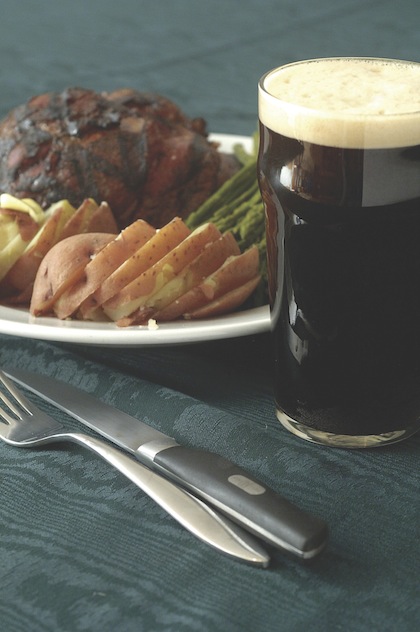While some brewers feel stifled by stringent style guidelines, others have been quietly pushing against rigid style-centric enforcers for years. Empowered by their own ingenuity, many brewers have found success with products that cannot necessarily be defined by conventional nomenclature. I am not suggesting that strict style-adherence is unimportant, but rather that being “style-aware” would be a better approach in today’s brewing industry.
BTI feels that guidelines should be just that, a guide, not a definition or limit. Over 140 beer sub-styles are now recognized and this list is increasing with each year. Every month we see new beers that are marriages―both perfect and imperfect―of classic styles, or new malt musings that don’t fit neatly within the strict confines of current style parameters, but are the results of brewers focusing on creating interesting, even challenging, beers for their customers. This year’s annual stouts and porters tasting offered plenty of examples of classically defined ales, as well as plenty of unconventional brews that are pushing the limits.

(Kinsley Dey)
Utah’s Uinta Brewing Co. recognizes that all beer does not necessarily fit into clear and defined style guidelines, and has incorporated this attitude into their new Crooked Line of higher ABV beers. The series currently includes four offerings, including Cockeyed Cooper Bourbon Barrel Barley Wine (94 points). Although this barley wine has an ABV of 11.1%, its nose is not dominated by the bourbon barrel or boozy alcohol notes that one would expect, making this approachable beer a unique addition to any setting―as long as you have some friends to help you enjoy.
From their He’Brew line of beers, Schmaltz Brewing Co. also continues to show us that bliss can be found in unconventional brews. A new release for 2011, He’Brew Vertical Jewbelation Ale (92 points) is a 100 percent barrel-aged ale that is a blend of all seven previous Jewbelation recipes. Another non-conventional ale that pleasantly surprised us was North Carolina’s Mother Earth Brewing’s Old Neighborhood Oatmeal Porter (91 points). With a heavy addition of oats as part of the malt profile, this take on the traditional porter is definitely worth indulging in.
Advocating for “style-awareness,” as opposed to style-adherence, does not mean that I do not have a great appreciation for classic styles. Classically brewed stouts and porters have been around for generations for a reason. Their perfect balance of roasted malt and mellow hops gives much to admire and desire. From England’s Meantime Brewing Co., founded in 2000, Meantime London Porter (90 points) is quickly becoming a crowd pleaser, not with just Londoners, but international beer drinkers as well. Also from England, St. Peter’s Brewery’s Cream Stout (92 points) is another international favorite that beer fans should take note of if they have not already.
Great examples of stouts and porters are not just found abroad though: there are plenty stateside worthy of acclaim. Some notable domestic stouts and porters from our most recent tasting include Moylan Brewing Co.’s Dragoons Dry Irish Stout (90 points), the remarkable North Coast Brewing Co.’s Old Rasputin Russian Imperial Stout XII (97 points), Upland Brewing’s Teddy Bear Kisses Imperial Stout (95 points), Great Lakes Brewing Co.’s Edmund Fitzgerald Porter (93 points) and Etna Brewing Co.’s Old Grind Porter (90 points).
Although domestic beer sales as a whole are in slight decline, craft beer as a segment has seen steady, consistent increases. Stifled only by the limits of their own inventiveness, craft brewers will build on this success and customer curiosity and continue to experiment and brew outside of box. As beer connoisseurs, we should applaud this experimentation as an indication of the strength and wide diversity in the beer market. So, whether you are student of style-adherence, or simply “style-aware,” I think we can all agree that this is an exciting time for beer. Cheers!




